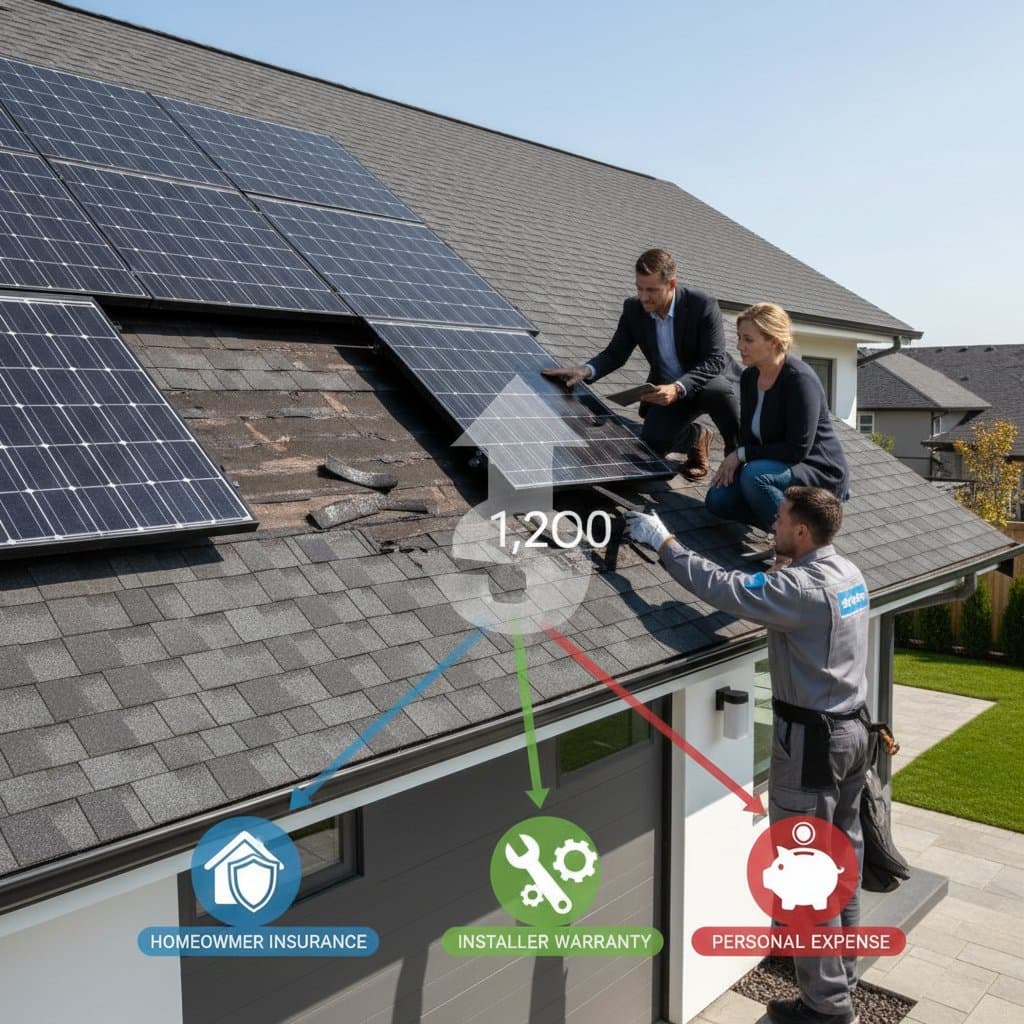Essential Home Warranties for Airbnb Hosts in 2025
Short-term rentals through Airbnb demand vigilant property management to maintain guest satisfaction and financial returns. Standard homeowner insurance addresses perils like fire or theft, yet it often overlooks routine breakdowns from intensive use. Home warranties step in to cover these predictable failures, offering hosts a layer of protection that preserves operational continuity.
Hosts face accelerated wear on systems and appliances due to frequent occupancy changes. A well-chosen warranty plan mitigates repair disruptions, but success hinges on understanding policy nuances. This guide outlines coverage options, costs, processes, and strategies to select the right plan for rental properties.
Understanding Home Warranty Coverage for Rentals
Home warranties serve as service agreements that handle repairs or replacements for essential home systems and appliances. These plans target normal deterioration rather than catastrophic events covered by insurance. For Airbnb hosts, this focus proves crucial, as guest demands strain items like air conditioning units and refrigerators more rapidly than in owner-occupied homes.
Typical coverage encompasses plumbing lines, electrical wiring, heating and cooling systems, plus major appliances including ovens and dryers. Providers define covered items precisely in their contracts, so hosts must confirm rental-specific eligibility. Standard residential plans may exclude short-term rental use, potentially voiding claims if undisclosed; opt for policies that explicitly accommodate investment properties.
Breaking Down Costs and Fees
Home warranty expenses consist of a base premium paid monthly or annually, plus a deductible-like service fee per claim. Premiums vary from $40 to $95 based on home size, location, and included features. Service fees range from $75 to $150, providing hosts with a fixed cost structure to integrate into rental budgets.
Beyond initial pricing, examine payout limits that cap reimbursements per appliance or annually. For example, a policy might reimburse no more than $1,500 total per year, leaving hosts liable for excess in multi-failure scenarios. Additional riders for items like hot tubs or septic systems incur extra charges; calculate these against historical repair data to assess net value.
Navigating the Claims Process
Claims begin with submitting a request through the provider's portal or hotline, detailing the malfunction. Providers dispatch licensed technicians for on-site evaluation, with response times varying from same-day to 48 hours based on urgency and location.
The technician diagnoses the problem and reports to the provider for coverage verification against contract terms. Approval leads to authorized repairs using approved parts and labor. Hosts authorize work exceeding limits and retain receipts for any out-of-pocket portions.
Post-service, providers may mandate follow-up documentation, such as maintenance proofs, to validate ongoing coverage. Maintain detailed logs of all property upkeep to expedite approvals and counter potential disputes over causation.
Key Exclusions and Limitations
Home warranties exclude preexisting defects, structural elements like roofs, and aesthetic fixes such as paint touch-ups. Claims fail if technicians trace issues to neglect, like clogged drains from ignored cleanings. Hosts bear responsibility for proving compliant upkeep.
Guest-inflicted damage often falls outside scope, shifting costs to liability insurance or host pockets. Policies demand adherence to local building codes; unlicensed modifications can invalidate entire claims. Review exclusion clauses thoroughly to anticipate uncovered scenarios.
Scenarios Leading to Claim Denials
Providers deny claims for overlooked preexisting faults uncovered in inspections. Unauthorized self-repairs before professional assessment forfeit coverage entirely.
Skipped preventive maintenance, such as annual furnace tune-ups, undermines wear-and-tear arguments. Installations by non-certified workers similarly trigger rejections.
Rental misuse clauses activate if policies prohibit commercial applications; disclose Airbnb operations upfront to avoid this pitfall. Proactive documentation prevents these common hurdles.
Comparing Coverage Tiers
| Coverage Tier | Monthly Premium | Service Fee | Payout Caps | Notable Exclusions |
|---|---|---|---|---|
| Basic | $40–$55 | $75–$100 | $500 per item | Guest misuse, faulty installs |
| Standard | $55–$70 | $100–$125 | $1,000 per item | Preexisting conditions, code non-compliance |
| Comprehensive | $70–$95 | $125–$150 | $2,500 annual aggregate | Rental restrictions, unapproved alterations |
Higher tiers boost limits and scope but maintain core exclusions. Airbnb hosts with vintage properties or peak-season bookings benefit from comprehensive options, provided providers demonstrate quick resolutions.
Assessing Value Over Time
Conduct a cost-benefit review by projecting yearly repair needs against warranty totals, factoring in multiple service calls. Low-usage properties might fare better with a savings fund for sporadic fixes.
High-turnover rentals gain from warranties' rapid response, reducing downtime and negative reviews. Note that reimbursements often apply depreciated values for aged equipment, so factor this into long-term projections.
Securing Rental Property Stability
Airbnb hosts blend service industry demands with investment oversight. Home warranties enhance resilience when tailored to rental realities; prioritize providers with rental endorsements and robust technician networks.
Request contract samples to scrutinize caps, processes, and dispute resolutions. Verify state licensing and read independent reviews for reliability insights.
Selecting the Optimal Plan
Treat home warranties as strategic tools by benchmarking providers on identical metrics: pricing, response speed, exclusion transparency, and host testimonials. Simulate claims based on your property's profile to gauge fit.
Integrate warranties into broader risk plans, combining them with insurance for comprehensive safeguards. This approach sustains income streams while minimizing unexpected expenses.



